If I were female, Maya Deren would be my heroine for all time. Scratch that, the pioneer’s legacy in the film world is a landmark of inspiration and adoration for all, regardless of gender, of occupation, of time. Deren’s imprint on the history of cinema is likely too vast and layered to do it justice in a mere think piece. Analysis of the female filmmaker portion of cinema’s lifespan has to incorporate Miss Deren someplace or other. Her artistic, forward-thinking, deep-dwelling mind, intent, and raw skill, pretty much transcends the visual medium as much as it magnificently magnifies it.
Born Eleanora Derenkowskaia on April 29th 1917, Maya Deren was a Russian-American film nut, who as a young, free spirit, spend her inheritance on a second-hand 16mm camera. With the help of that new contraption, she woud sore off into the headspace of celluloid, becoming one of the most instrumental American filmmakers. Ever. Experimental. A woman. An entrepreneur. Fast-baller of avant-garde movement at that time (1940s and so on). Wow, that’s a cluster of impressive mantels. Hold on, Deren was also a talented choreographer, a dancer, a life-long student of film, a teacher of film, a poet, a writer, a keen photographer, and a film director of course.
I’m not in denial, but a little reluctant to delve into Deren’s death at the ripe age of 44. Nor do I require an explanation for such a mournful milestonee. Medication, brain hemorrhage, seveere malnutrition, the fatal exploration of film’s endless possibilities. Deren is not really gone, she is very much still with us, the abstract marvel of her work lives on. Her longing for the liberation of independent cinema over the often compromising, political, money-mad landscape of Hollywood, is a vital message that rings very, very true today – over 75 years on.
Deren’s most renowned film, and her debut I might add, Meshes of the Afternoon, a collaboration with then husband Alexander Hammid in 1943, even opens with a title card stating “Hollywood”. Take that as you will, a dedication, a setting, a great irony. Meshes of the Afternoon is a 14 minute splendor, a dream-like, nightmarish stream of consciousness. Just ask Luis Buñuel, or Jean Cocteau, or David Lynch, what they took from Deren’s artistry. Here she creates an experience (a primary focus for Deren) that is super-dynamic, as well as rather surreal and perceptual.
In Meshes of the Afternoon, Deren’s female protagonist is a rather anonymous figure, you, the audience, determine the iconic status somewhere in your deep, deep mind. The camera seems to keep her face from us for a noteworthy part of the short film, but Meshes of the Afternoon remains an exclusively female experience, whatever the visuals branch out at in your own interpretative scope. And when Deren does show her face, a striking visage with that big coiled hair, an extra dimension enters your psyche, as aesthetic, enigmatic appearance. Thus, the confrontation of identity results in varying and violent impulses, documenting a film noir, melodrama hybrid.
There’s also the recurring silhouette of the woman, almost an entity in itself, and more direct self-aware moments, including when the woman is touching her body – a whiff of sensual redemption or at least recovery and self-appreciation. As Deren effortlessly merges the seemingly real with the dreamlike elements, filmmaking and story-telling boundaries are both pushed and invented. The visual language and sheer imagination are on the screen to see, and be in awe of. Stylistic bookmarks, like the disorientating staircase, or the feminine evocation of flowers (and masculine oppression), have been stamped to death in cinema, but still remain fresh here.
Themes of mortality, ambiguity, and identity are channeled also through the power of rhythmic movement. Deren herself was a dancer, and her elegant motions as she almost glides and bends with such poise and grace, are perfectly fitting with the eerie tone, and also the film’s abstract magnetism. Deren was one of the only female filmmakers working in the film industry at the time, and was instrumental in a kind of film technique handbook, a far-reaching cinematic innovation – albeit on the side of surrealism. The filmmaker’s clear sense of direction and purpose through artistic expression made her stand out among the [male] crowd.
As Deren’s character gazes through the window, desperate to get a good look at the reaper figure dashing off, she is almost a spectator to the events. Message! The emergence of the multiple selves, as when there are three identical women sitting at the table, ignites even more overwhelming and confusing emotions and meaning. The sinister Deren, in a pair of bulbous glasses, is thoroughly chilling, swinging the picture into its gruesome end. Haunting the viewer with the culmination, Deren depicts a rich set of anxieties all the while rummaging through yours.
I will remain to be astonished by Meshes of the Afternoon with every viewing (I have lost count). The vivid cinematography, meticulous editing (and jump cuts), the experimenting with exposures, motion, and the capturing of discontinued space – the feet stepping onto sand, then grass, pavement, then rug is sheer brilliance. Deren, with this 14 minute masterpiece, demonstrates the ability to tap into the human mind, and realms of the unconscious, marking this as, among other things, simultaneously intense and gratifying. An essential chunk of cinema for all.



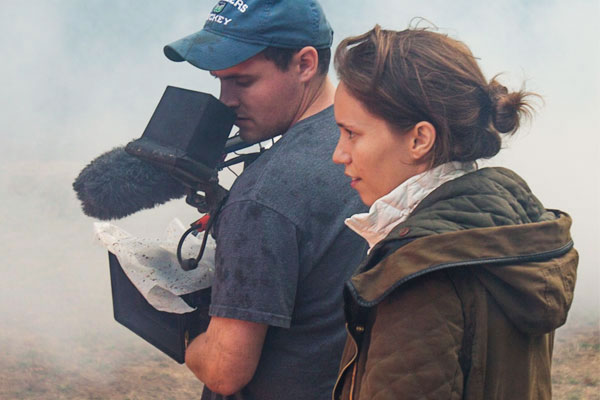
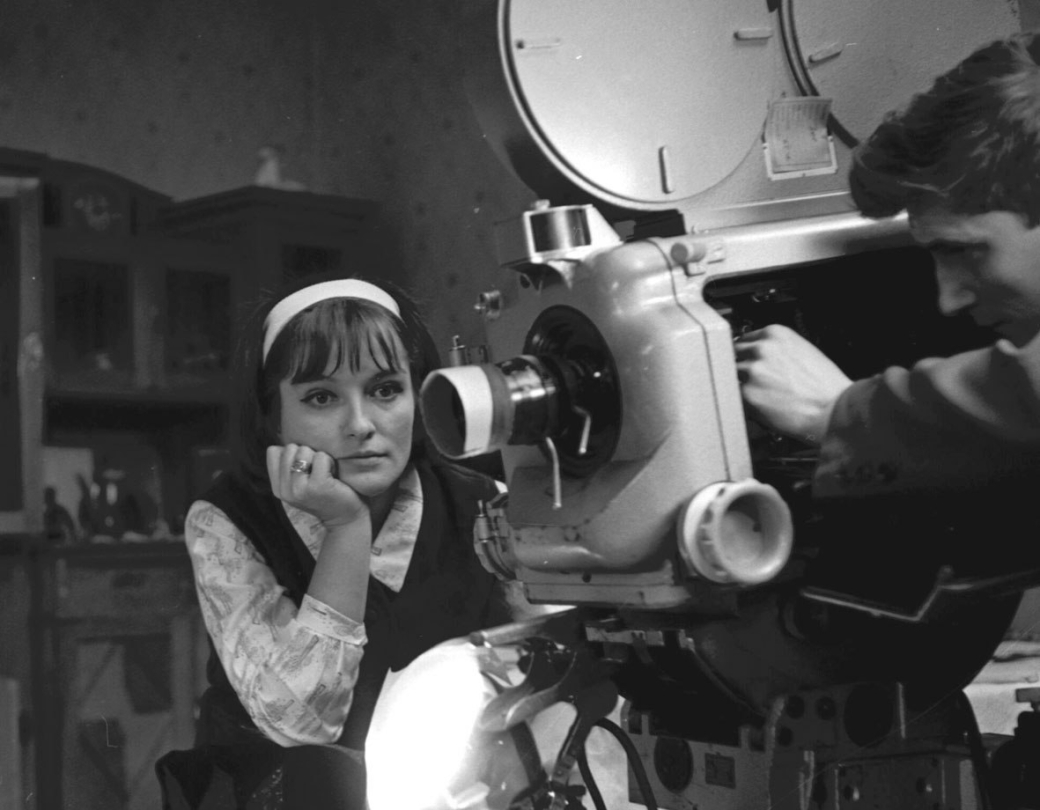















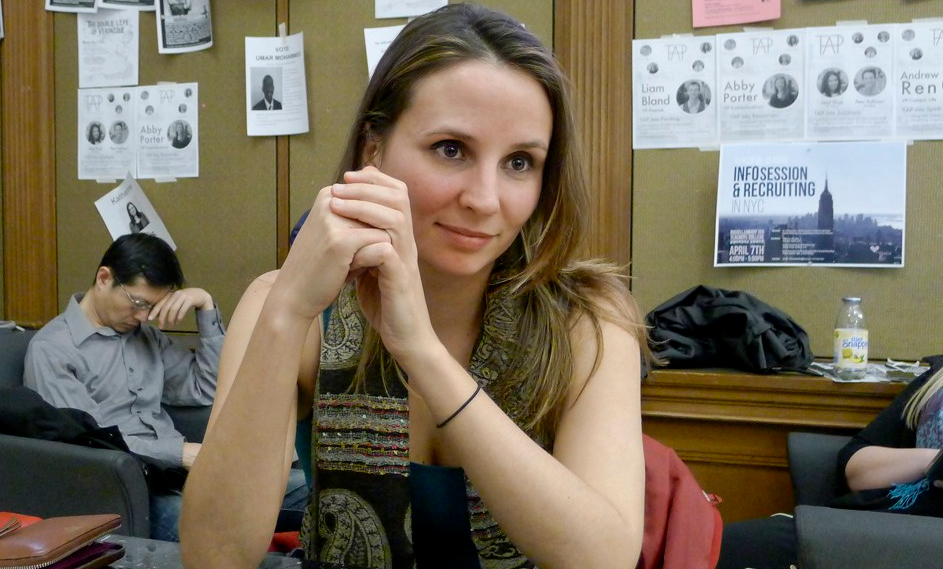
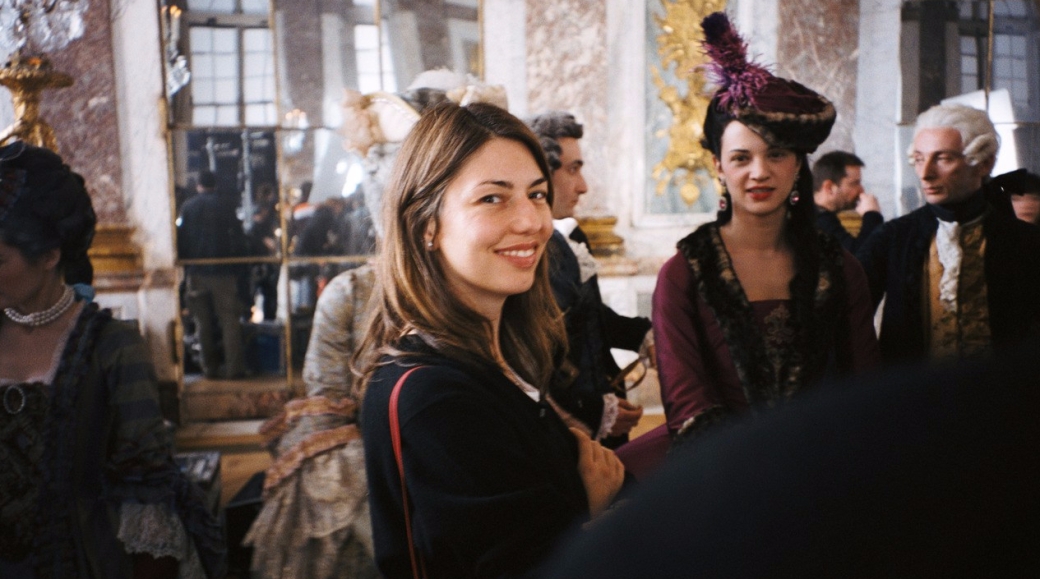


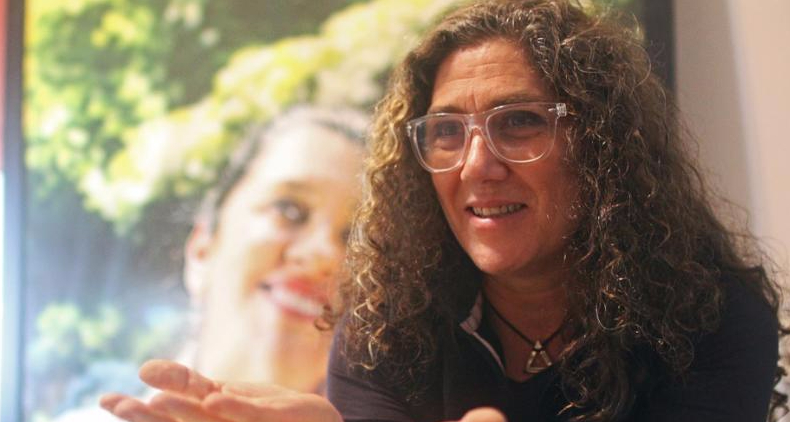
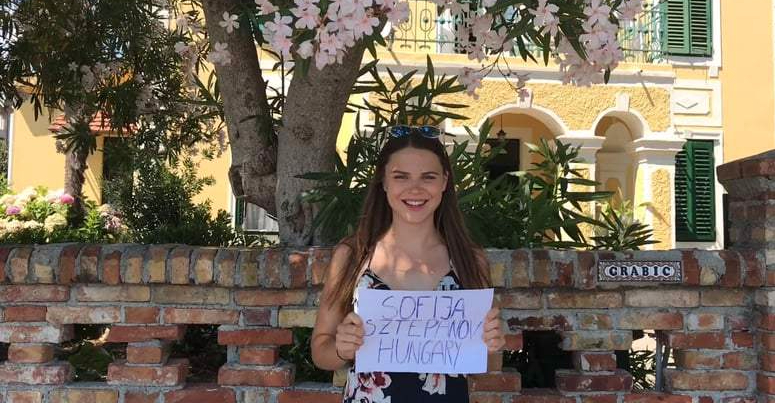
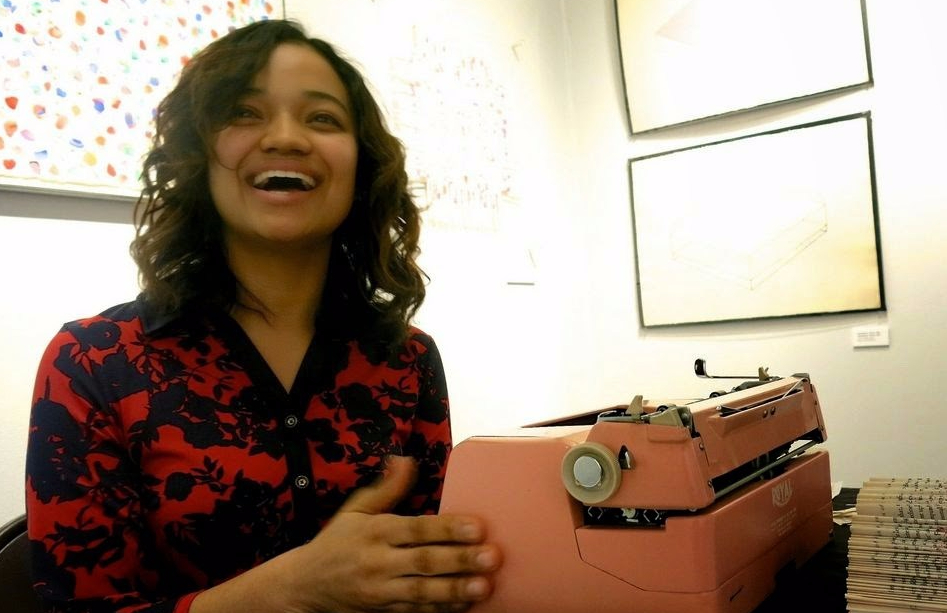
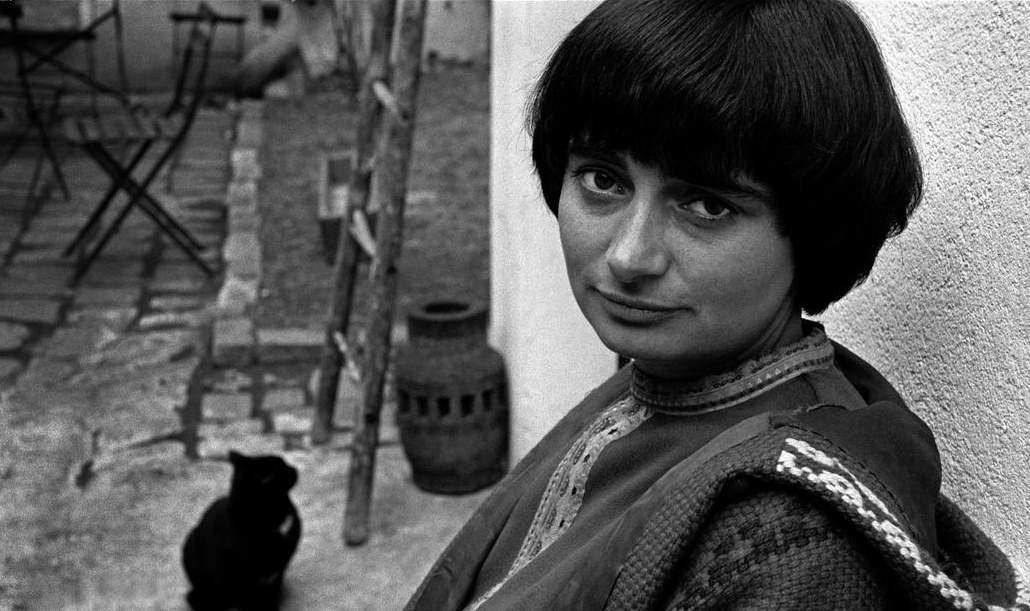
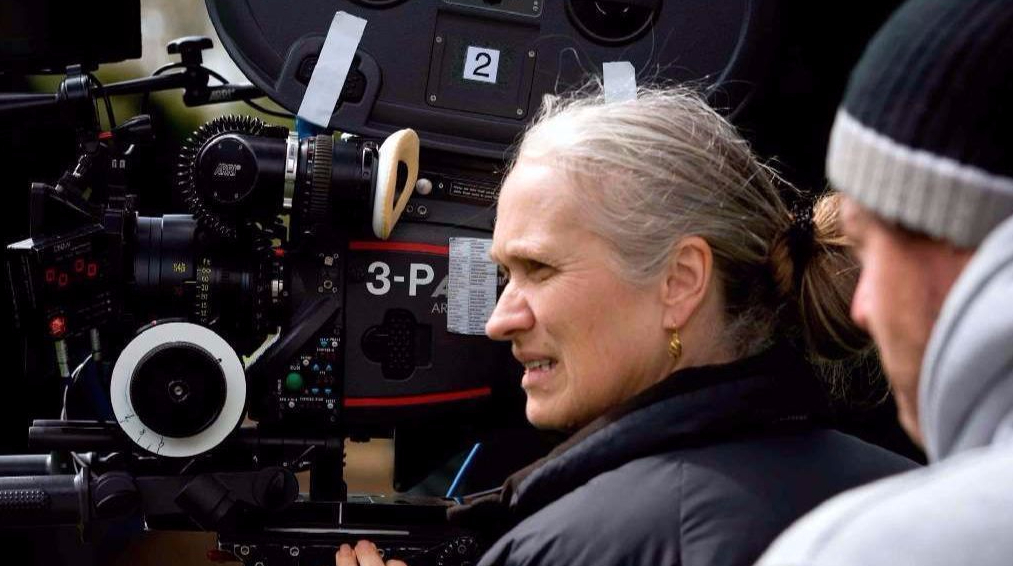










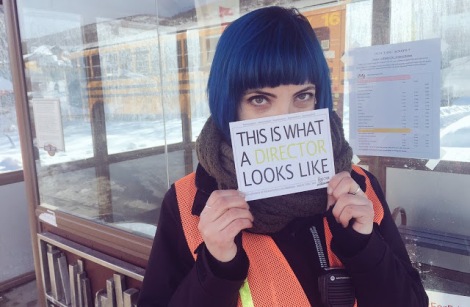


![0 R UMAX PL-II V1.5 [3]](https://writeoutoflacom.wordpress.com/wp-content/uploads/2017/07/the-adventures-of-prince-achmed.jpg?w=1040)
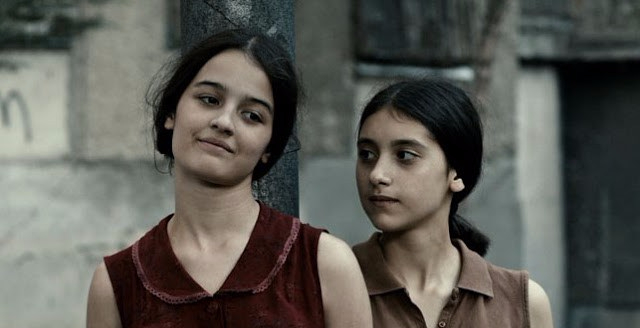
























Recent Comments